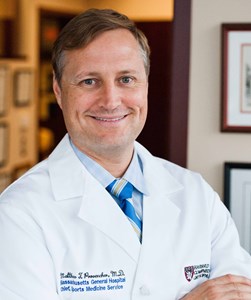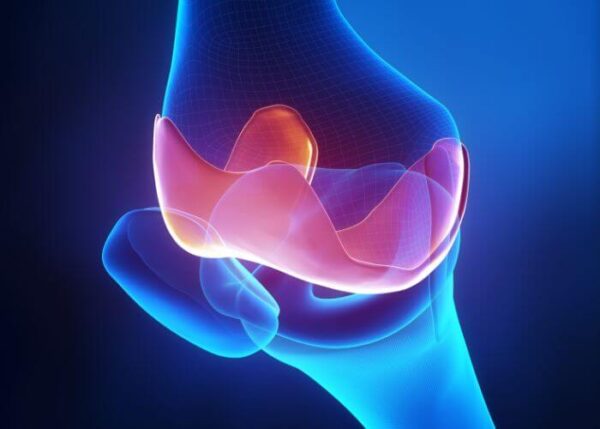Knee Cartilage Restoration Surgeon

Are you experiencing pain and stiffness in your knee? If so, you may have knee cartilage damage. Cartilage restoration is aimed at repairing damaged articular cartilage while preserving healthy cartilage. Knee cartilage restoration surgeon, Dr. Matthew Provencher provides diagnosis and can help patients in Vail understand how knee cartilage regeneration can help restore damaged cartilage. Contact Dr. Provencher’s team today!
What is Knee Cartilage Restoration?
Articular cartilage is the white, smooth substance located at the ends of each bone throughout the human body. Healthy cartilage is extremely important because it allows the bones to glide over each other with no friction in a pain-free motion. When cartilage becomes damaged from normal wear and tear or during an injury, it can slow patients down and gradually lead to painful osteoarthritis. Since cartilage does not have the ability to heal on its own, Dr. Matthew Provencher, board certified knee surgeon, specializes in knee cartilage regeneration techniques in patients living in the Vail, Aspen, Colorado Springs and Denver, Colorado communities. Providing cartilage restoration can alleviate pain, swelling and decreased range of motion in many patients, as well as eliminate or prolong the development of osteoarthritis.
Candidates for a knee cartilage regeneration procedure are selected by Dr. Provencher after a complete medical review, physical examination and diagnostic tests. The majority of candidates for articular cartilage restoration are young, active adults with a single injury, or defect.

What are Cartilage Regeneration Techniques?
There are numerous procedures available to regenerate cartilage within the knee joint. Many of these techniques are performed with an arthroscopic, minimally invasive approach. The most commonly performed knee cartilage regeneration procedures include:
- Microfracture- Microfracture entails Dr. Provencher creating small holes in the injured joint surface, creating a healing response. The small holes allow marrow and stem cells to flow, form a clot and gradually develop a new fibrocartilage that replaces the damaged cartilage.
- Abrasion arthroplasty- Similar to drilling, this procedure is used to remove damaged cartilage and reach the subchondral bone.
- Osteochondral autograft transfer (OATs) – During this cartilage regeneration procedure, small plugs of bone and cartilage are harvested from the patient’s own knee and transferred to fill the damaged area.
- Osteochondral allograft transplantation (OATs) – This cartilage restoration procedure is similar to the autograft transfer, but allograft transplantation involves bone and cartilage plugs being harvested from a donor and transplanted to fill the defect.
- Autologous chondrocyte implantation (ACI) – ACI is a two-step procedure requiring new cartilage cells to be grown and implanted into the cartilage defect. This procedure begins by Dr. Provencher removing healthy cartilage within the knee using an arthroscopic approach. The healthy cells are cultured and increased over several weeks before they are implanted in the knee joint.
Knee Cartilage Restoration Videos
BioUni™ Osteochondral Allograft Transplantation
Multi-Compartmental Osteochondral Allografts of Knee and Concomitant High Tibial Osteotomy
Osteochondral Allograft Transfer System for Treatment of Focal Patellar Osteochondral Lesion
What is the Recovery Following Cartilage Restoration?
After a cartilage restoration procedure, patients may be required to utilize crutches for the first few weeks to keep weight off the repaired knee and to allow the joint surface time to heal. Dr. Provencher commonly prescribes a physical therapy program aimed at restoring motion and strengthening the joint and surrounding muscles. It is strongly suggested that patients work with the in-house physical therapists at Howard Head Sports Medicine to optimize their rehabilitation. During the first few weeks following knee cartilage regeneration, patients may be required to use a continuous passive motion (CPM) machine to constantly move the repaired knee through a controlled range of motion.
For additional information on knee cartilage restoration techniques, or to schedule a consultation to discuss cartilage regeneration, please contact the orthopedic practice of knee surgeon Dr. Matthew Provencher, serving patients in Vail, Aspen, Colorado Springs and Denver, Colorado.
.